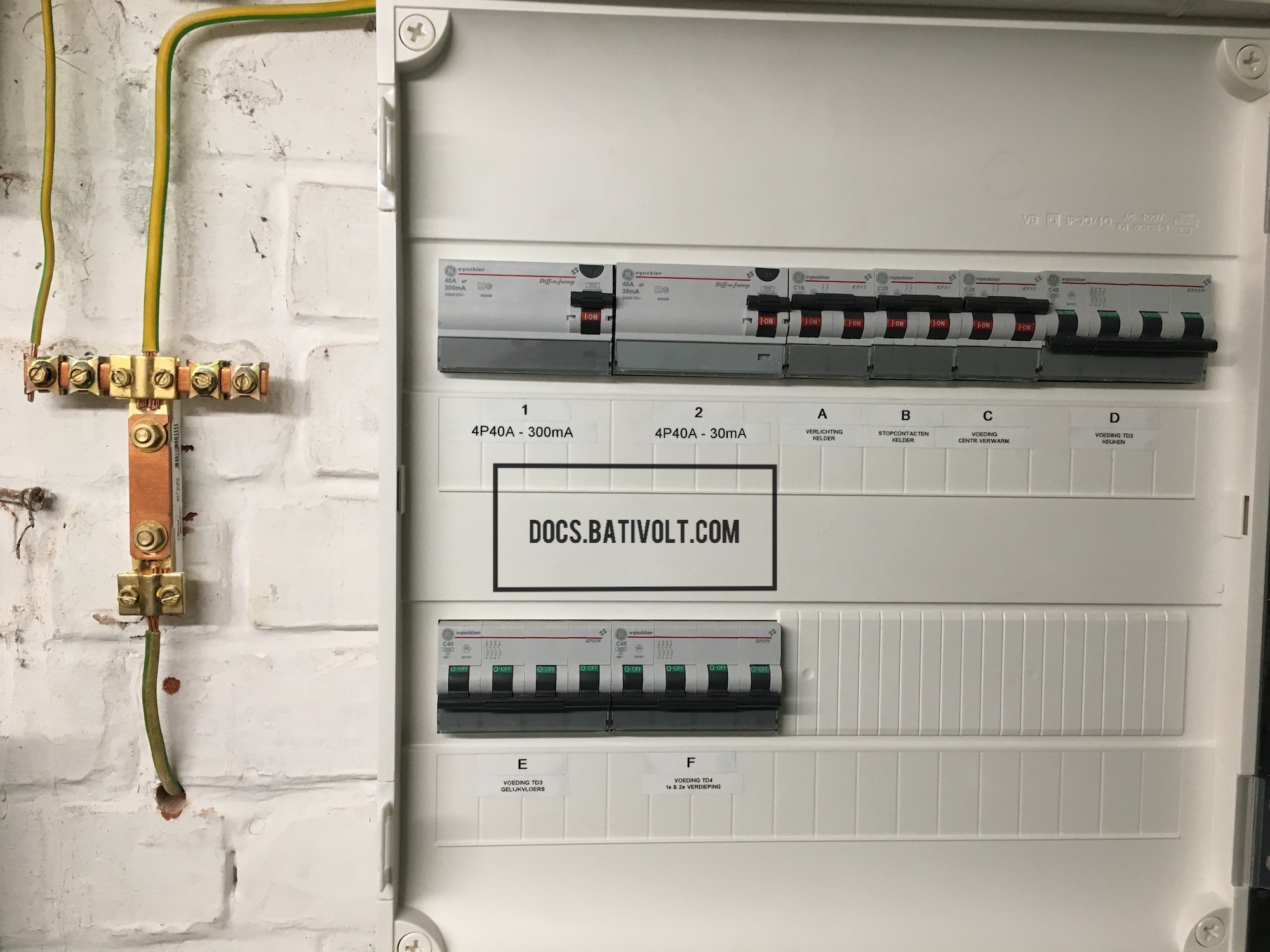Non-Compliant Electrical Panels
Introduction
Electrical panels play a crucial role in the safety of installations. They distribute electricity to the various circuits in the home or building and protect users against overloads and short circuits. However, many panels in use today do not meet current standards, creating safety risks.
⚠️ Warning: A non-compliant panel can pose fire hazards and compromise user safety. Bringing it up to standard is essential.
1. Importance of Electrical Panels
1.1. Electrical Distribution
The electrical panel is the central distribution point for electricity in an installation. It directs power to various circuits (lighting, power outlets, appliances) and ensures efficient energy distribution.
Tip: A well-structured electrical panel configuration facilitates interventions and improves energy management.
1.2. Circuit Protection
Panels must be equipped with circuit breakers and fuses to cut off electricity in case of overload or short circuit. These devices are essential to prevent fires and protect occupants.
💡 Note: Modern circuit breakers allow for quick reset after an incident, unlike fuses which require complete replacement.
2. Circuit Breakers vs. Old Fuses
2.1. Circuit Breakers
Modern circuit breakers are designed to automatically interrupt the current in case of overload or short circuit. They are more reliable than fuses as they can be reset after tripping.
2.1.1. Types of Circuit Breakers
- Thermomagnetic Circuit Breakers: Protect against overloads and short circuits.
- Residual Current Circuit Breakers: Protect against earth leakage currents, reducing the risk of electrocution.
💡 Advice: Make sure to distinguish between the types of circuit breakers, as each has a specific role in the safety of the installation.
2.2. Old Fuses
Old fuses, commonly found in older installations, do not provide the same level of protection as modern circuit breakers. When a fuse blows due to an overload, it must be replaced, which can be time-consuming.
Warning: It is recommended to replace old fuses with modern circuit breakers to improve installation safety and bring it up to standard.
3. Risks of a Non-Compliant Electrical Panel
3.1. Fire Risk
A non-compliant electrical panel increases the risk of fire. Outdated installations with worn-out fuses or faulty circuit breakers can overheat and cause fires.
⚠️ Warning: Undersized or deteriorated cables in a non-compliant panel amplify the risk of fire. Regular inspections are crucial to prevent such dangers.
3.2. Failure to Cut All Phases
In some panels, the phases do not cut simultaneously in case of malfunction. This can cause imbalances and overheating, endangering both the equipment and users.
3.3. Power Surges
Electrical panels must handle power surges. Without adequate protection, such as a surge protector, connected equipment is at risk of damage.
Safety Tip: Install a surge protector to safeguard your equipment against power surges. This is particularly useful in regions prone to thunderstorms.
3.4. Regulatory Non-Compliance
According to Article 4.2.4 of the Belgian Electrical Regulations, all electrical installations must be equipped with protective devices that meet current standards. A non-compliant panel may result in penalties during compliance inspections.
Note: Bringing your panel into compliance is a legal obligation and ensures safety for you and your loved ones.
4. Required Equipment and Materials
4.1. Circuit Breakers
Bringing an electrical panel into compliance requires modern circuit breakers, including thermal and residual current breakers tailored to the installation's needs.
Example: A residual current circuit breaker protects against earth leakage currents and is particularly recommended in wet areas.

4.2. Surge Protectors
Surge protectors safeguard devices against voltage spikes. For optimal protection, they should be installed close to the electrical panel.
Advice: A quality surge protector reduces the risk of equipment damage during a power surge, thus extending the lifespan of your devices.
4.3. Cost of Materials
The cost of replacing a non-compliant electrical panel varies based on the type of equipment needed and the complexity of the installation. Here is an estimate:
- Circuit Breakers: Between €15 and €50 per unit, depending on type and capacity.
- Surge Protectors: Between €100 and €200, depending on the installation.
- Complete Panel Installation: Between €500 and €1500, depending on specific requirements.
Budget Planning: Request quotes from professionals for an accurate estimate of the costs involved in bringing your panel into compliance.
Conclusion
Ensuring the compliance of electrical panels is crucial for user safety. The risks associated with non-compliant panels, such as fires and power surges, can have severe consequences. It is highly recommended to have panels inspected and, if necessary, replaced by qualified professionals.
Reminder: A compliant panel is not only a legal requirement but also an essential component for the safety and durability of your electrical installation.
In summary, bringing electrical panels up to standard protects both your property and, most importantly, the safety of individuals. If in doubt, consult a qualified professional to assess and update your installation.
Disclaimer:
The contents of this site, docs.bativolt.com, are provided by Bativolt, a licensed electrical company. Intended for educational purposes, they are based on our interpretation and experience with the Belgian Electrical Regulations. Bativolt cannot be held responsible for any misuse or misinterpretation of the regulations or our documentation.
Copyright © 2025 Bativolt. All rights reserved.
Reproduction of the content on this site, even partially, is prohibited without prior authorization.